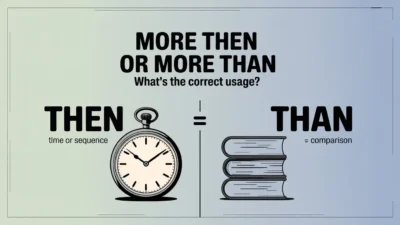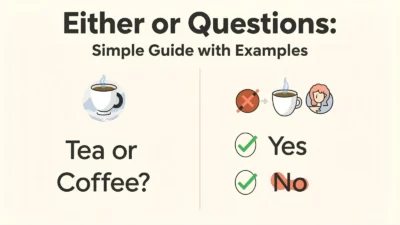Have you ever stopped mid-sentence, unsure whether to write “on to or onto”? I know that feeling—I’ve questioned it myself, and it can get really confusing.
If you’re a student, blogger, content creator, or just someone who wants to polish their English, this article is written for you.
I get how frustrating it feels to second-guess your grammar, especially with words that look so similar. Don’t worry, I’ve got you covered.
In this post, I’ll break it down simply so you’ll always know which one to use. Let’s clear up the confusion once and for all!
On to or Onto – Quick Answer
- Onto means movement toward a surface or position.
- Example: She climbed onto the roof.
- Example: She climbed onto the roof.
- On to is used when on is part of a verb phrase and connects to the next word.
- Example: Let’s move on to the next topic.
- Example: Let’s move on to the next topic.
👉 Rule of thumb: If you can replace it with “upon” without breaking meaning, use onto. Otherwise, use on to.
The Origin of On to or Onto
Historically, “onto” is newer. In Middle English, writers always used “on to.” Over time, especially in the 16th–17th century, “onto” developed as a single word to mirror other prepositions like into and upon. This is why both forms exist today.
The difference survives because English often allows two parallel forms when meaning is slightly different. Think of in to vs. into—same pattern.
British English vs American English Spelling
Both British and American English accept “onto” and “on to.” However, preferences differ:
- American English tends to use “onto” more often.
- British English still uses “on to” frequently, especially in formal writing.
Comparison Table
| Context | American English | British English |
| Physical movement | She jumped onto the table. | She jumped onto the table. |
| Transition in topic | Let’s move on to the next point. | Let’s move on to the next point. |
| Informal speech | He got onto the bus. | He got on to the bus. |
Which Spelling Should You Use?
- If writing for an American audience: Use onto when showing movement, on to for verb phrases.
- If writing for a British or Commonwealth audience: You may see on to more often, but onto is still correct.
- If writing for an international audience: Use whichever best matches your sentence meaning—accuracy matters more than regional style.
Common Mistakes with On to or Onto
❌ She held on onto the rope. → Redundant.
✅ She held on to the rope.
❌ He logged onto to the system. → Double preposition.
✅ He logged onto the system.
❌ We moved onto the next stage quickly. (if talking about topic change)
✅ We moved on to the next stage quickly.
On to or Onto in Everyday Examples
- Emails: “I’ll move on to the budget in the next section.”
- News articles: “Protesters climbed onto the building.”
- Social media: “Can’t wait to move on to 2025!”
- Formal writing: “The researcher moved on to analyze secondary data.”
On to or Onto – Google Trends & Usage Data
Google Trends shows that searches for “onto” are higher in the U.S., while “on to” is more common in the U.K. In academic databases, “onto” appears more in technical or mathematical writing (e.g., “mapping onto”), while “on to” dominates everyday business and educational contexts.
FAQs:
1. Is “onto” always one word?
No. Use onto only for movement toward a surface. Use on to when on belongs to a verb phrase.
2. Can I always replace “onto” with “on to”?
Not always—sometimes it changes meaning. Example: He climbed onto the wall ≠ He climbed on to the wall.
3. Is “onto” more American and “on to” more British?
Yes, in general usage, but both are correct in both dialects.
4. Which is more formal, “on to” or “onto”?
On to is often seen as more formal in British English.
5. How do I check if I’m using the right one?
Try replacing with upon. If it works, use onto. If not, use on to.
6. Is “log onto” correct?
Yes. Log onto the system = correct. Log on to the system = also acceptable.
7. Are “into/in to” rules the same as “onto/on to”?
Yes. The logic is identical: one word = movement, two words = verb + preposition.
Conclusion
The debate over “on to” vs. “onto” is less about correctness and more about context. Both are valid, but they are not always interchangeable.
Onto shows physical movement or placement, while on to connects verbs to the next idea or object.
If you’re writing for a U.S. audience, you’ll likely see onto more often, especially in casual or technical contexts.
For British or Commonwealth readers, on to is still common, particularly in formal writing. The safest rule is simple: check the meaning. If replacing with upon works, choose onto. Otherwise, go with on to.
Mastering this small detail improves clarity, prevents mistakes, and makes your writing look polished and professional. Next time you hesitate, remember: accuracy matters more than style.

I’m Emma Collins, a grammar expert and author at Grammarnestly.com. I love helping readers master English with simple, practical grammar guides.
When I’m not writing, I enjoy reading, coffee, and exploring the beauty of language.



